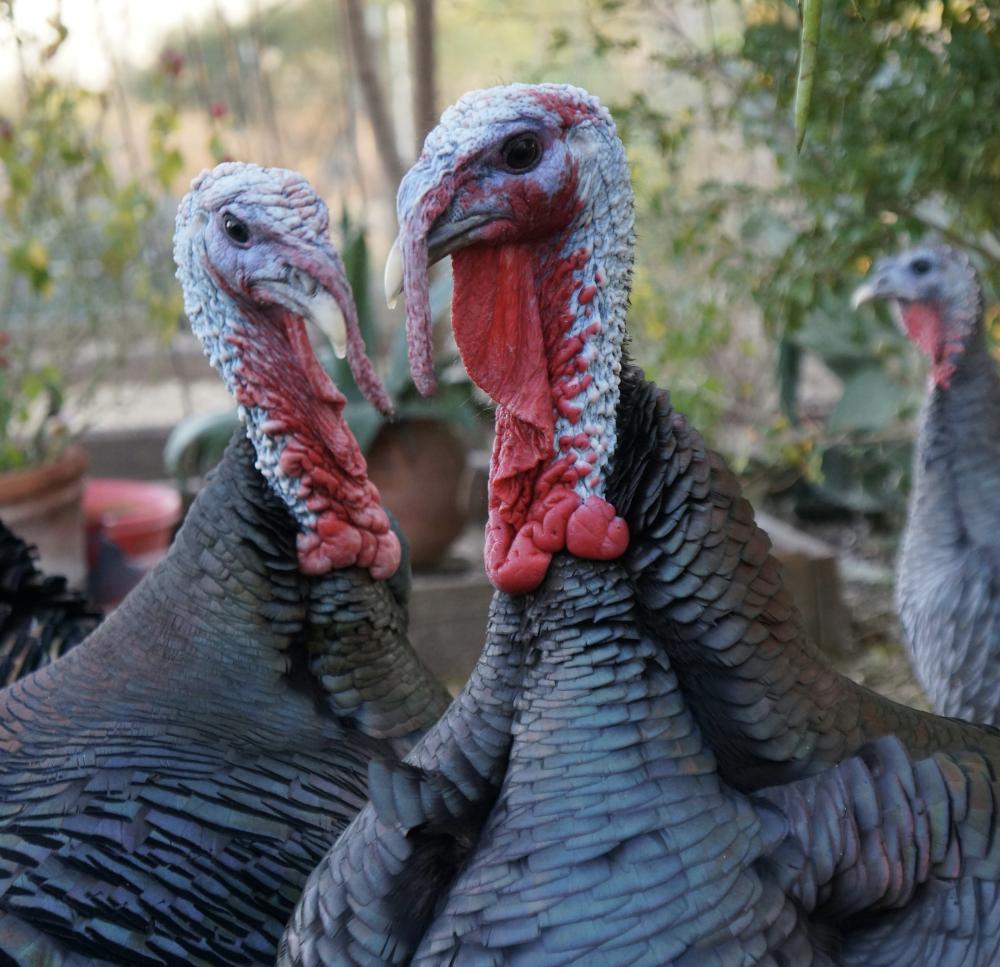CVM researchers partner with turkey industry to improve Salmonella vaccines
June 3, 2024

Photo by Ruth Caron on Unsplash
The University of Minnesota’s Mid-Central Research and Outreach Center (MCROC) and Poultry Testing Lab (PTL) sit in unassuming buildings in Wilmar, Minnesota, far from the rest of the College of Veterinary Medicine’s (CVM) St. Paul campus.
And that’s by design.
The facilities are in the heart of Minnesota’s turkey farm country, which produces about 1 in 5 of the country’s commercially produced turkeys—making the state the largest producer in the nation. And CVM poultry researchers wanted to be close, because supporting the state’s farmers and producers is at the heart of their mission.
Tim Johnson, a professor in the CVM Department of Veterinary and Biomedical Sciences and the Director of Research and Development at MCROC, meets regularly with veterinarians employed by the poultry industry to ensure the health of their birds. He likes to keep his finger on the pulse of their questions and needs. And he recently undertook a study to address a desire that he’d heard from several vets in the field to ensure the safety and efficacy of Salmonella vaccines..
Turkey farmers use live attenuated vaccines—which contain weakened forms of the bacteria—to protect poultry against dangerous strains of Salmonella. The weakened bacteria is designed to live in the bird’s gut just long enough to elicit an immune response that prepares the birds to fight off Salmonella in their environment. But the veterinarians had a hunch that the bacteria might be persisting in the birds for longer than they had thought.
Johnson and a team of CVM researchers analyzed the DNA sequences of Salmonella Typhimurium—the subtype of weakened Salmonella used in vaccines—taken from turkeys and chickens grown by Minnesota producers. They looked at nearly 27,000 samples in total.
They found that the Salmonella strains used in one particular vaccine could remain in the birds for their entire lifespan—longer than veterinarians and producers like to see the bacteria linger.
Those findings, however, don’t take away from the crucial role that vaccines play in ensuring food safety. “Vaccines are the single best tool we have to protect our poultry supply from Salmonella contamination, so we really need them,” Johnson said,
Johnson said some companies will choose to use another vaccine, while others will monitor their flocks for potential lingering vaccine strains of Salmonella Typhimurium. The research allowed the team to create a way producers can do just that: a rapid PCR test like those used for COVID-19 that can quickly tell producers if their bird has a vaccine-originated strain of Salmonella or one that was present in their environment.
After that, companies would work with regulators on next steps, which can include holding infected flocks in a separate area while they’re treated.
“This study was a great example of how we partner with farmers to help keep animals and the industry healthy,” Johnson notes.
Read the full study in Poultry Science, and find out more about USDA consumer recommendations for safe poultry handling here.


